Brick Efflorescence: What It is and How to Beat It

by
Wet & Forget
(IC: professional)
Easy
You love your bricks, until white deposits seem to appear on them from nowhere. Efflorescence seeps out from inside your bricks or mortar to form an ugly film that can be tough to remove. Read on to learn what efflorescence is and what you can do to prevent it before it strikes, clean it if you've got it, and keep it away.
Brick efflorescence is that powdery white residue that accumulates on bricks, mortar and grout, usually during the first year after construction. Efflorescence is made up of water soluble salts that are present either in the bricks themselves or in the mortar before construction, and which are washed out to the surface by water passing through the porous material. As water passes through the bricks, it dissolves the salts and carries the dissolved salts to the surface of the brick, and leaves the salts behind as the water itself evaporates. Efflorescence doesn't damage your bricks, but it definitely harms their appearance with its powdery, crystalline mess.
In order for brick efflorescence to become a problem, your brick wall has to meet three conditions: First, your bricks or mortar have to contain water soluble salts such as sodium sulfates (Na3SO4) or potassium sulfates (K2SO4). Second, water has to be able to get inside of the bricks and dissolve the salts. And third, the water has to have a pathway to reach the surface of the bricks and deposit the dissolved salts. Eliminate any of these three conditions, and you will prevent brick efflorescence from ever starting. Taking steps against two of these conditions-or even all three-is even better, just in case one of your preventive measures doesn't work out as well as you'd hoped it would.
Here are some ways to stop brick efflorescence before it starts:
Wet & Forget Outdoor is specially formulated to eliminate outdoor growths, so it's not designed for use on efflorescence. Wet & Forget Outdoor does wipe out many of your bricks' biggest enemies, such as moss, which can cause pitting and crumbling; lichen, which can cause surface etching; black algae, green algae, and mold & mildew. Wet & Forget Outdoor's gentle formula is safe to use on any type of bricks, mortar, and grout, and there's no elbow grease needed-just spray and leave!
Enjoyed the project?
Published August 25th, 2015 4:51 PM



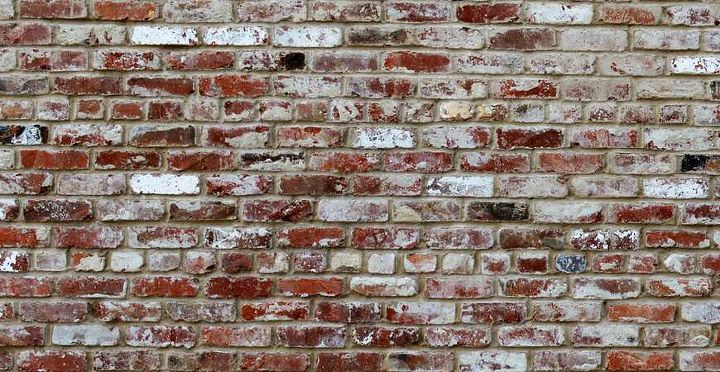




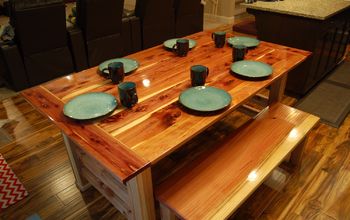




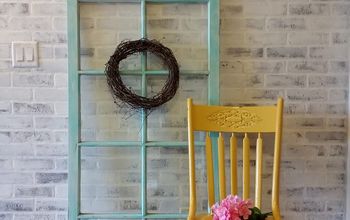

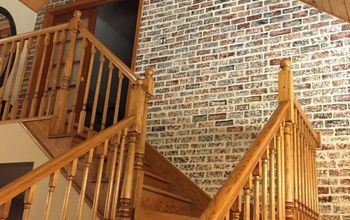



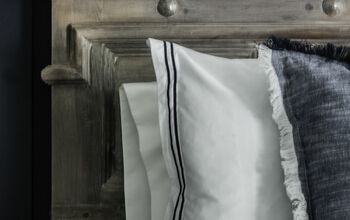
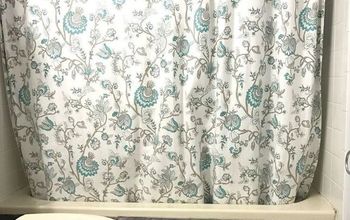




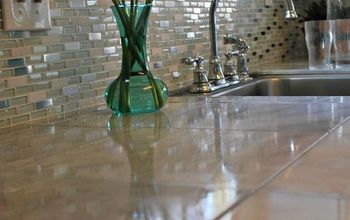

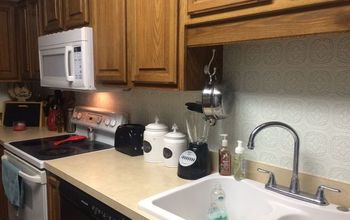
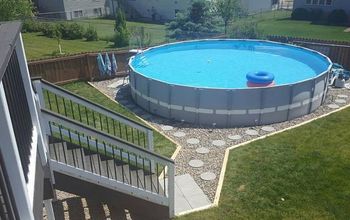

Frequently asked questions
Have a question about this project?